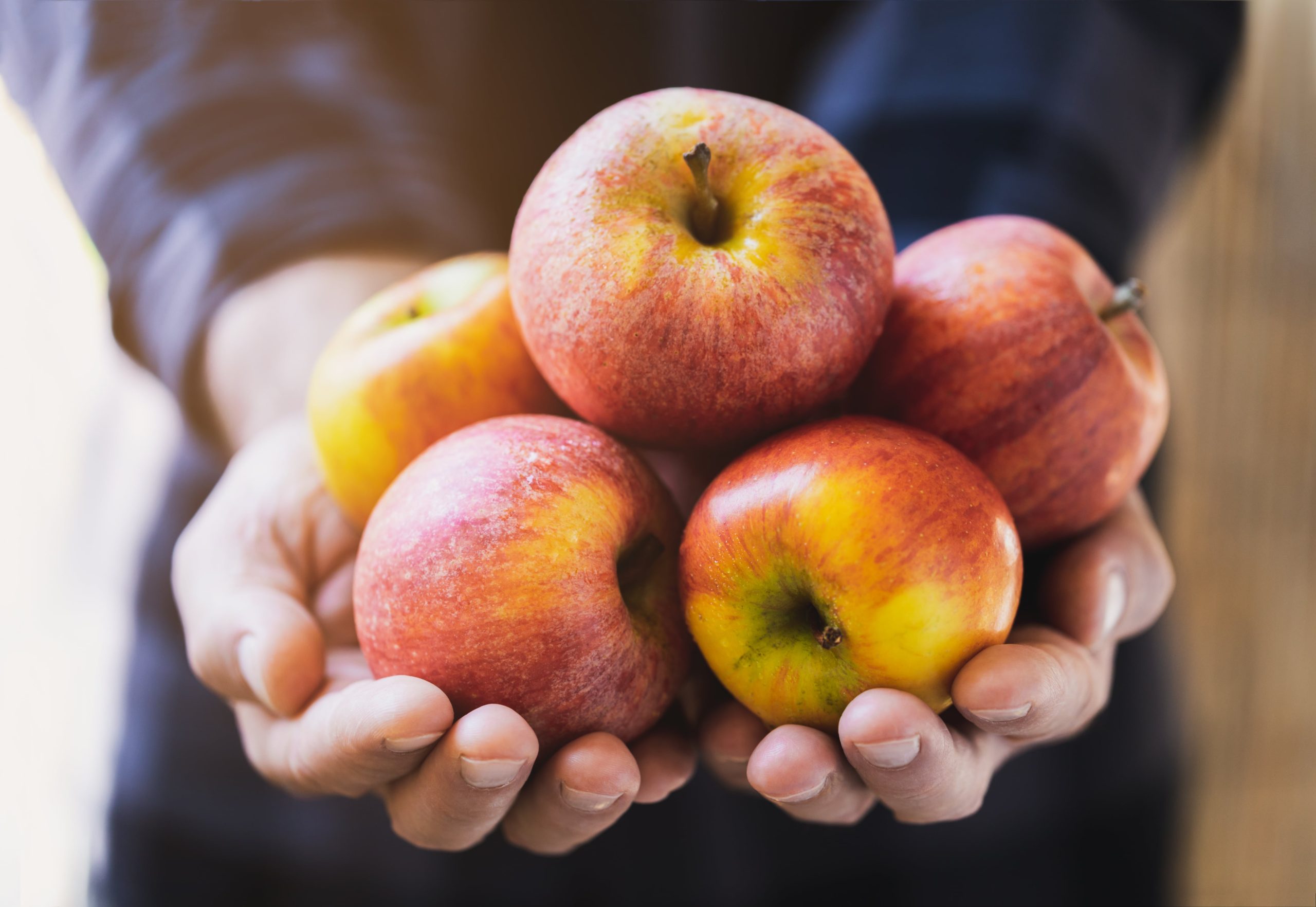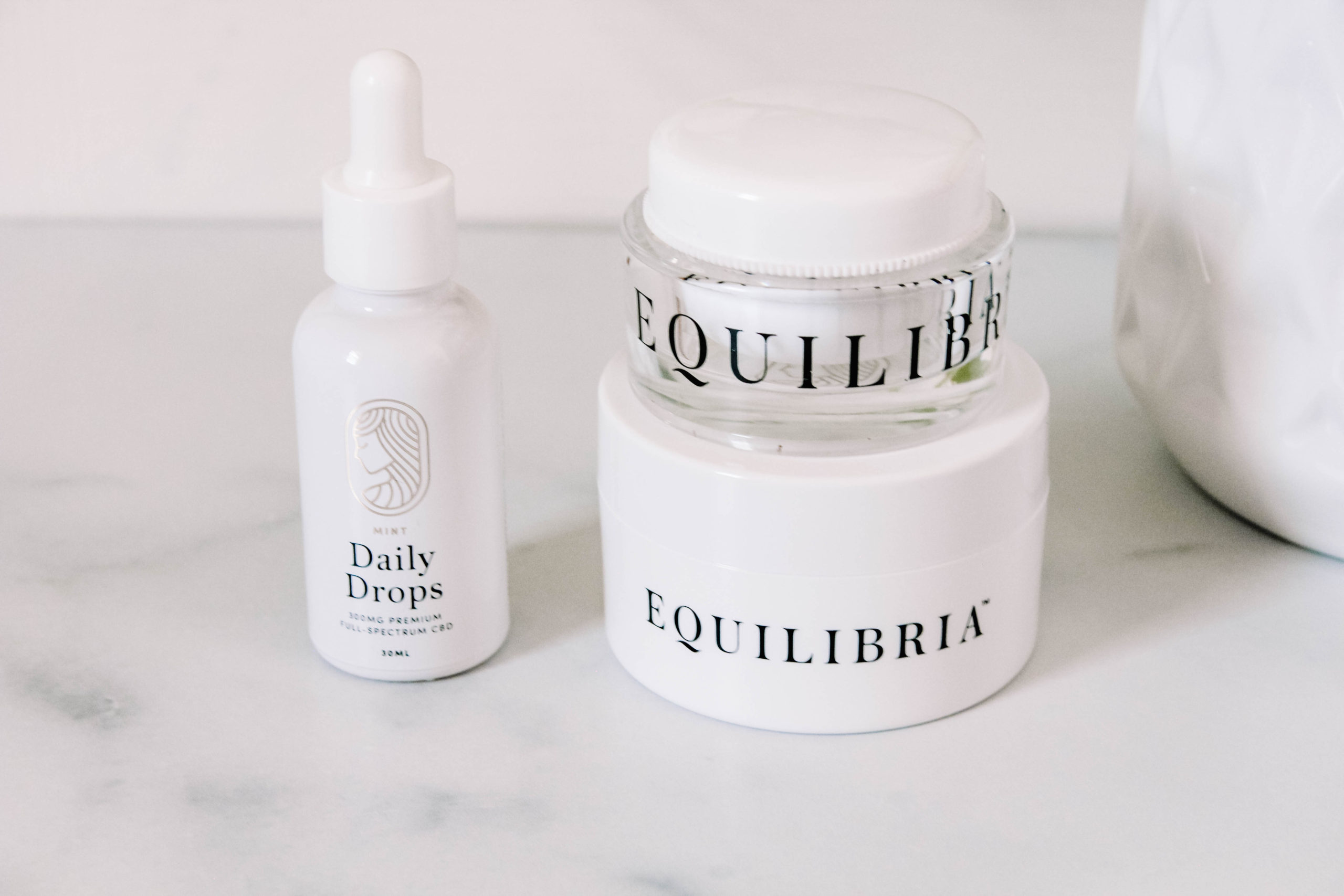Last updated on November 7th, 2021 at 06:53 pm
Today on “Meet the Plant” we will be learning all about the amazing benefits of apples, which are readily available and affordable.
There are so many different types and varieties of apples ranging from crispy, juicy, sweet, and even tart. The awesome thing about apples is that they have been celebrated since ancient times for all of their vibrant health benefits.
Apples contain many vital vitamins and minerals and other elements that promote strong and healthy bones, and a whole host of other things. Apples are high in a fiber called pectin, and therefore have slow-release sugars that help to improve heart health and promote blood sugar regulation.

What are apples good for?
Constipation & Diarrhea
Pectin has the unique ability to give relief for both constipation as well as diarrhea depending on the specific need of the body. This is due to the amphoteric action of the pectin.
Blood Sugar Regulation
The sugar compound called fructose and polyphenols an antioxidant in apples boosts metabolic balance, and this process helps to slow down the rate at which the sugar is absorbed into the bloodstream.
Reducing Cholesterol
The pectin and some of the other components in apples (such as the polyphenols mentioned above) are great at reducing the levels of LDL cholesterol, and it also slows down the oxidation of LDL.
Fun fact: Polyphenols help prevent free radicals from damaging the heart muscles ad blood vessels.
Protecting Bones
Phlorizin, a flavonoid that is abundant in the skin of apples may be able to help with menopausal-associated bone loss. How is this possible? The flavonoid fights inflammation and free-radical production that is known to lead to bone loss.
What about all the colors?
Green Apples
Green apples contain malic acid, which is useful for digestion.
Red Apples
Red apples contain higher amounts of antioxidants, which can help protect against neurological damage from conditions such as Alzheimer’s disease.
Yellow Apples
Yellow apples (and all other apples) contain a high amount of pectin which helps to lower the body’s absorption of overabundant dietary fats.
How to get the most out of an apple?
♦ Eat the entire fruit. Every single part of an apple is edible.
♦ Always wash apples before eating. Grocery stores tend to coat apples with a wax coating to give them that appealing shiny gloss, and to keep them fresh for a longer period of time.
♦ Buy local and organic. If possible buy local but definitely organic. This ensures that you get the freshest fruit without pesticide and chemical contaminations.
♦ Eat the skin. Peeling an apple can remove more than half of the apple’s vitamin C, fiber, and iron.
I feel the need to mention that apple juice is not the same as eating an apple in the whole form with all the enzymes and cofactors intact.
What is your favorite way to eat apples? Share in the comments below.
Disclaimer: This article is not intended to provide medical advice, diagnosis, or treatment.




+ view comments